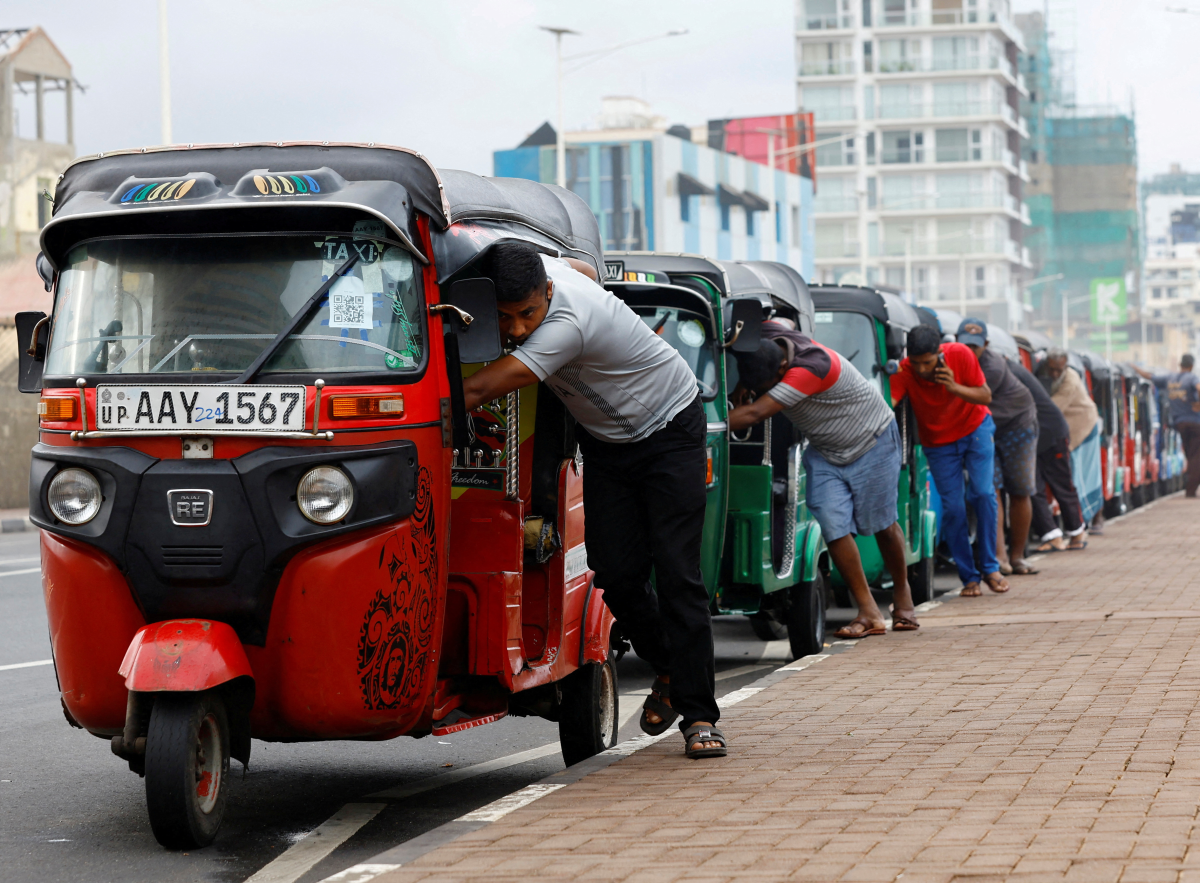Sri Lanka’s Mass Exodus Of 20,000 Workers To Israel Amid Nation’s Escalating Economic Crises, Even War Is Not A Consideration AnyMore
The economic turmoil in Sri Lanka has reached unprecedented levels, compelling thousands of Sri Lankan workers to seek employment in Israel, where opportunities promise relief from the nation's worst financial crisis in decades. Despite the ongoing conflict with Hamas, a substantial workforce is preparing to depart, drawn by the allure of significantly higher wages. This mass migration is a response to the urgent need for foreign currency and remittances in Sri Lanka, driven by factors such as high inflation, a depreciating currency, and lower purchasing power.

Sri Lanka’s decision to send around 20,000 workers to Israel, spanning various sectors such as farming and construction, highlights the gravity of the island nation’s economic challenges.
The shift in dynamics, as Israel grapples with a labour shortage following the departure of Thai workers and restrictions on Palestinian labour, has set the stage for an intriguing intersection of economic necessity and geopolitical circumstances, resulting in a mass exodus of Sri Lankans looking for opportunities to earn more.
Even amidst the conflict with Hamas, a substantial number of Sri Lankan workers are gearing up to travel to Israel, seeking respite from the economic turmoil in their homeland.
Take the example of Laknath Dias, a supermarket manager who is part of this group and is preparing to assume the role of a farmhand in Israel for a wage nearly ten times higher than what he currently earns.
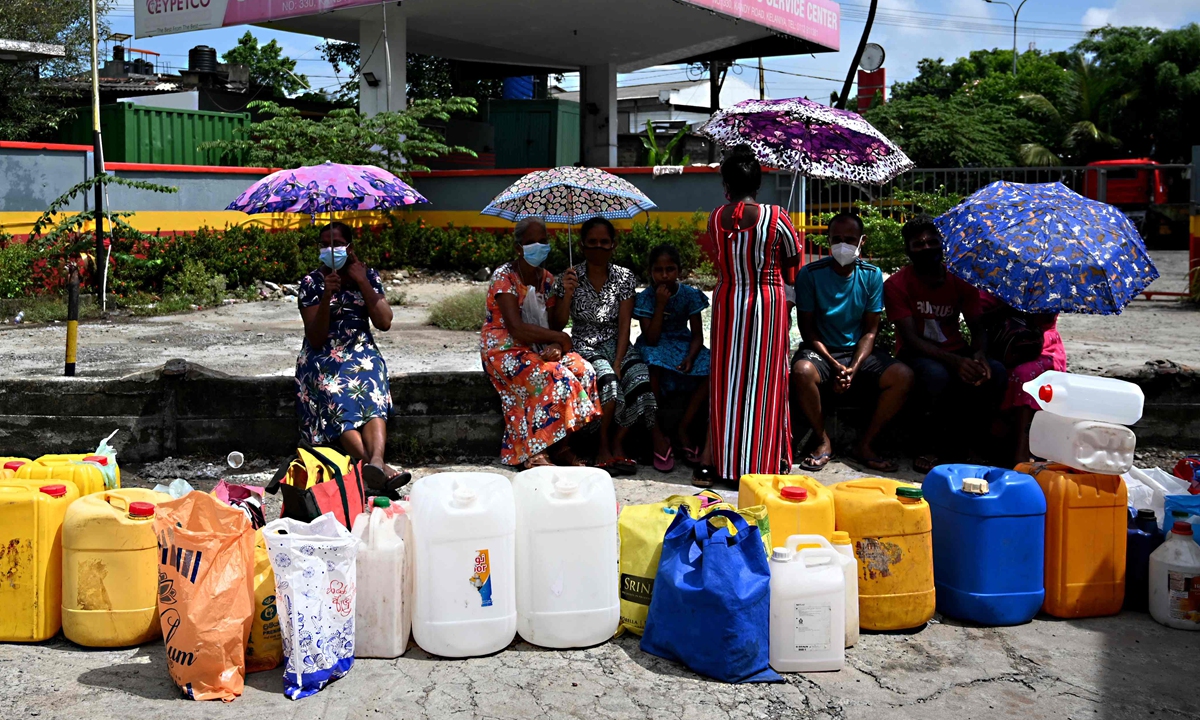
Despite the ongoing war, the lure of better financial prospects prompts Dias and around 20,000 other Sri Lankan workers to embark on this journey, driven by the urgent need for foreign currency and remittances in Sri Lanka.
According to a Sri Lankan minister, this initiative aims to fill the labour gap created by the departure of numerous Thai workers post the Hamas assault on October 7. Also, Palestinian workers, traditionally contributing to Israeli farms, are now facing employment restrictions, leading to a call for workers to assist during the crucial harvest period.
Laknath Dias, aged 39, draws on his past experience of living through conflict in Sri Lanka, particularly during the civil war against Tamil separatists from 1983 to 2009.
Thus, undeterred by the challenges, Dias, familiar with working in conflict zones, expresses confidence in adapting to farm life in Israel; currently dissatisfied with his present monthly salary of 72,000 rupees ($219) in Sri Lanka, he hopes to earn approximately 700,000 rupees as a farmhand in Israel, where he plans to work for five years.

The Minister of Labor and Foreign Employment in Sri Lanka, Manusha Nanayakkara, reveals that over 10,000 applications have been received from individuals eager to work on Israeli farms.
Nanayakkara also hints at the possibility of sending an additional 10,000 workers to Israel for the construction sector; the move comes as part of Sri Lanka’s strategy to address economic challenges and provide employment opportunities for its citizens.
Despite the ongoing conflict between Israel and Hamas, the departure of the Sri Lankan workers is set to commence soon, and this group will join around 9,000 compatriots already in Israel, engaged in various roles, including farming and care for the elderly.
Sri Lanka, an island nation of 22 million, has witnessed a significant economic downturn, with a 7.8% contraction last year, pushing millions into poverty.
The escalating migration from Sri Lanka reflects the impact of the economic crisis, with hundreds of thousands seeking opportunities abroad in countries such as Saudi Arabia, the United Arab Emirates, Britain, Canada, and New Zealand.
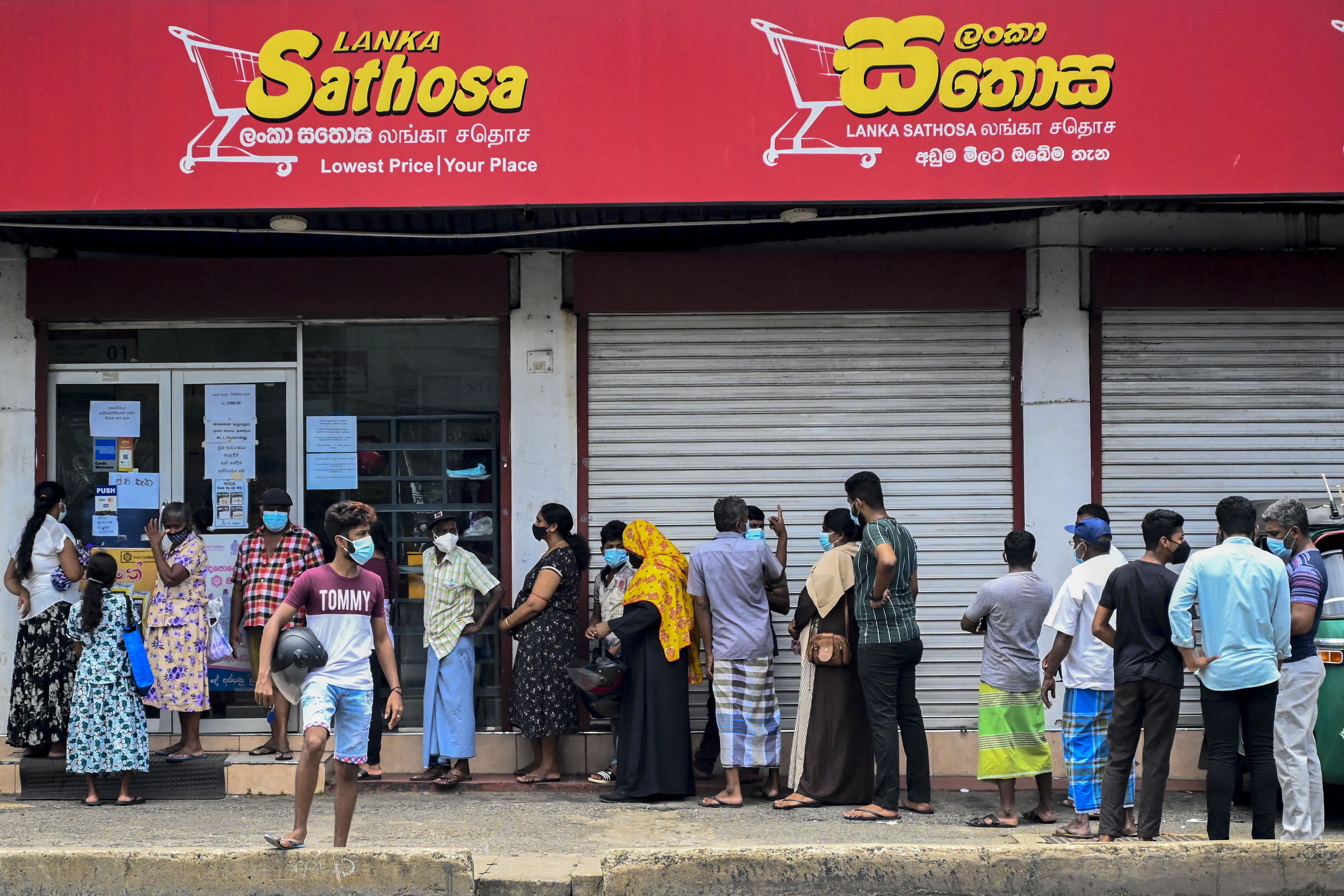
The Contracting Economy
In the April-June quarter, Sri Lanka’s economy contracted by 3.1%, according to official data released on Friday, reflecting the nation’s ongoing struggle to emerge from a severe financial crisis, the worst it has faced in decades.
This economic downturn was primarily fueled by factors such as high inflation, the devaluation of the currency, and a decline in purchasing power, as stated by the Census and Statistics Department. While the agriculture sector experienced growth of 3.6% compared to the previous year, the industrial output contracted by 11.5%, and services saw a decline of 0.8%.
Sri Lanka’s central bank anticipates a 2% contraction in gross domestic product (GDP) for the current year, following a substantial 7.8% contraction in 2022 when the country plunged into a severe foreign exchange crisis that severely impacted growth.
The initial three months of this year witnessed an 11.5% contraction, but stability has gradually returned since the government secured a $2.9 billion bailout from the International Monetary Fund (IMF) in March.
According to Dimantha Mathew, Head of Research at First Capital, the contraction is slowing down, and there is an expectation that the economy hit bottom in the second quarter, with a potential return to growth from the third quarter.
The third-quarter growth readings are expected to benefit from comparisons with the weak performance in 2022, significantly lower inflation, and supportive measures taken by Sri Lanka’s central bank, including a substantial reduction in interest rates in June and July.
There is a possibility of a faster-than-expected recovery, with a projected 8% growth in the third quarter, as efforts are made to artificially stimulate a revival, according to Mathew.
Currently, an International Monetary Fund (IMF) delegation is in Sri Lanka for the first review of the Extended Fund Facility (EFF) program. Progress on restructuring the country’s bilateral and bondholder debt is a key requirement for this program. Talks with international bondholders indicate positive momentum, with an agreement in principle expected, possibly by next month.
Looking For Some Aid
Sri Lanka is grappling with the most severe economic crisis in its history as an independent nation, prompting the International Monetary Fund (IMF) to provide a $3 billion loan to aid recovery.
The crisis, marked by soaring prices, shortages of essential goods, and substantial international debts, triggered widespread protests, ultimately leading to the president fleeing the country.
In early 2022, Sri Lanka faced power cuts and shortages of fuel, escalating inflation to an alarming 50% annually, prompting nationwide protests in April, stemming from a lack of foreign currency reserves to import essential goods such as fuel.
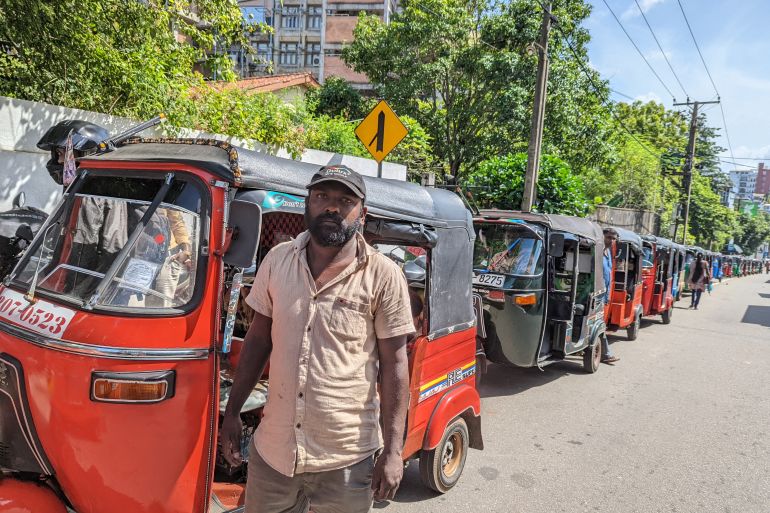
Fuel shortages caused a surge in petrol and diesel prices, leading to a two-week ban on non-essential vehicle fuel sales in June; the crisis compelled the closure of schools and remote work arrangements to conserve supplies.
Sri Lanka’s inability to procure necessary goods internationally became more pronounced when it failed to make a foreign debt interest payment in May 2022, a first in its history; the failure damaged its standing with lenders, exacerbating challenges in borrowing from international markets.
Facing immense protests, President Gotabaya Rajapaksa resigned in June 2022, and Prime Minister Ranil Wickremesinghe assumed acting presidency, declaring a nationwide state of emergency. Despite a reduction in protests, the new president inherited a colossal financial crisis, with Sri Lanka owing approximately $7 billion to China and $1 billion to India.
In response to the crisis, China and India agreed to restructure their loans, providing Sri Lanka with extended repayment periods. The IMF extended a $3 billion loan, in addition to a $600 million loan from the World Bank the previous year.
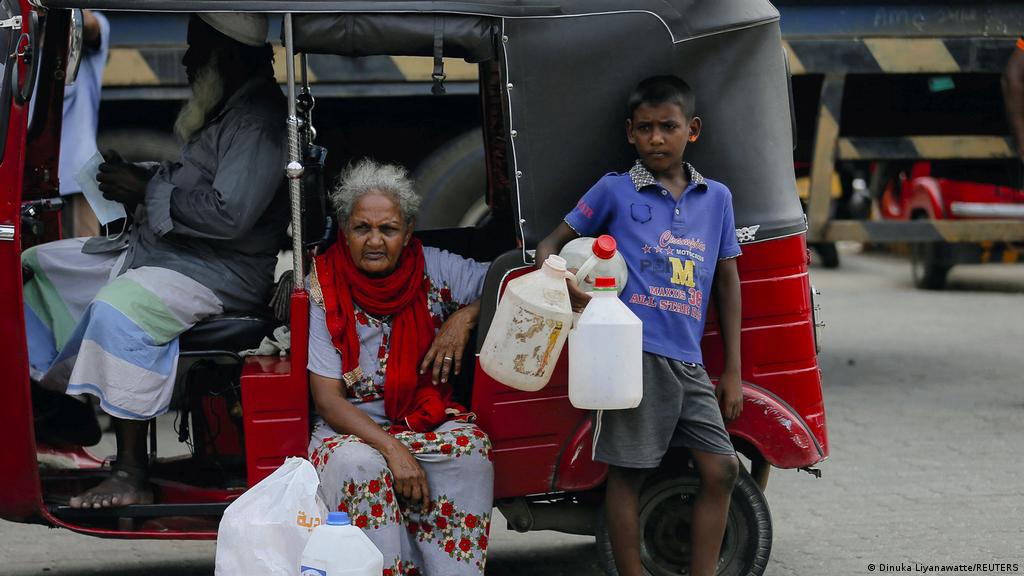
Small Steps And Why The Crises?
To address the financial challenges, Sri Lanka plans to raise funds by restructuring state-owned enterprises, privatizing the national airline, and implementing income taxes for higher earners.
Sri Lanka’s current economic crisis can be traced back to a combination of factors, both external and domestic. While the government attributes some of the challenges to the impact of the COVID-19 pandemic on tourism and security concerns following bomb attacks in 2019, many experts highlight President Gotabaya Rajapaksa’s economic policies as significant contributors to the crisis.
After the end of the civil war in 2009, Sri Lanka chose to prioritize providing goods to its domestic market rather than actively boosting foreign trade. This decision resulted in a situation where the income from exports to other countries remained low, while the bill for imports continued to grow.
With Sri Lanka importing $3 billion more than it exports every year, the country gradually depleted its foreign currency reserves.
As of the end of 2019, Sri Lanka had $7.6 billion in foreign currency reserves, but this figure drastically dropped to around $250 million.
President Rajapaksa’s policies further worsened the situation. In 2019, he introduced substantial tax cuts, causing the government to lose more than $1.4 billion annually in revenues.
Additionally, when the country faced serious foreign currency shortages in early 2021, the government attempted to address the issue by banning imports of chemical fertilizers, and farmers were instructed to use locally sourced organic fertilizers instead. However, this move led to widespread crop failures, forcing Sri Lanka to supplement its food stocks from abroad, thereby exacerbating the foreign currency shortage.

